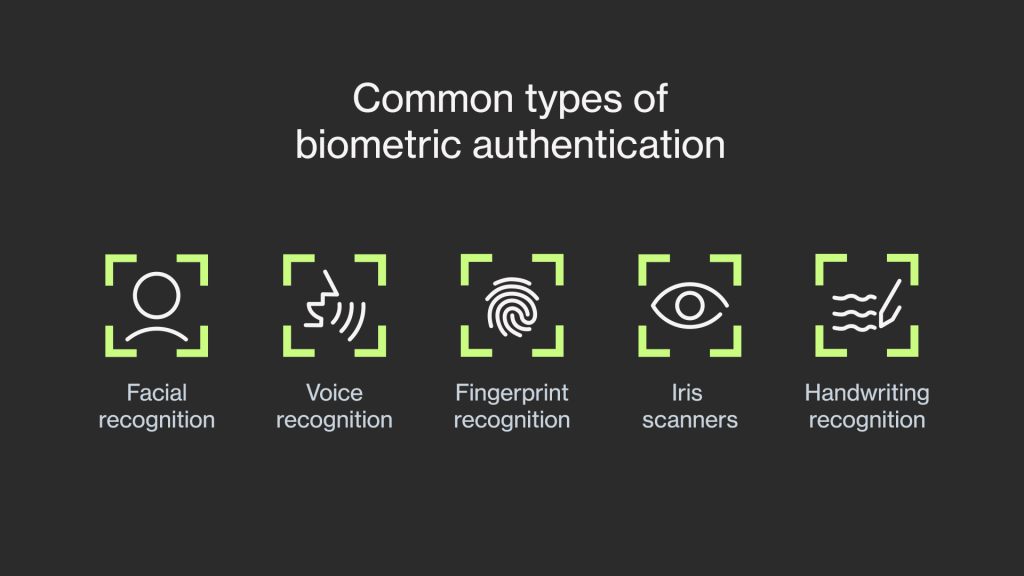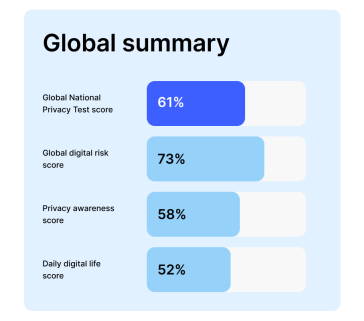Local apps on Ovi store have increased from just two in April 2010 to over 40 in January 2011.
The number of mobile applications on the Ovi Store has grown by over 1600 (%) percent in the last eight months indicating a sharp increase in demand for local content and rising interest from developers in Kenya.
Fresh statistics from Nokia indicate that Kenyan apps have increased tremendously from just two in April 2010 to over 40 in January 2011.
Interestingly, Kenyan applications are not only increasing in volume and quality- the content they carry is also broadening, enabling a larger number mobile phone users to interact, transact and learn more from the Ovi Store.
“The Ovi Store now has apps with content ranging from news and job offers to social media and mobile commerce. These are interesting times for developers and application users in Kenya and trends continue to change every day,” said Kenneth Oyolla, General Manager, Nokia, East & Southern Africa.
He added: “The positive trend is that the rise in the number of applications is satisfying increasing demand for locally relevant content especially in Kenya. Users of Nokia handsets in Kenya accounted for 60 percent of these downloads in East and Southern Africa between July 2010 and October 2010. This steady growth both on the demand and the supply side is a positive development in the overall growth of mobile apps as well as increasing revenues for developers.”
The growth of applications and usage in Ovi Store in Kenya is in tandem with the global trend. Between July and October 2010, Ovi Store downloads by consumers in Africa grew by 50 percent and active users have grown by more than 20 percent, according to data from Nokia.
Mr Oyolla noted that East Africa is becoming a center of entrepreneurial growth, with consumers pioneering the use of mobile payment systems, mobile commerce and other socio-economic applications. Some of the latest applications on the Ovi Store include Tuvitu, a mobile platform that offers users simple instant access to your favorite mobile internet content.
A recent report conducted by Swedish International Development Cooperation Agency (SIDA) and dubbed The Innovative Use of Mobile Applications in East Africa found out that wide diffusion of mobile phones across all socio-economic groups and geographical areas has contributed heavily to growth in mobile application development. The study also noted that cost effective technological solutions have made it possible to lower the cost on previously time consuming, labour dependant small transactions.
“For now the potential for growth seems to be unlimited because there’s a huge demand coming from an ever increasing number of mobile phone internet users. This means that developers have an opportunity to create locally relevant apps” said Mr Oyolla.





